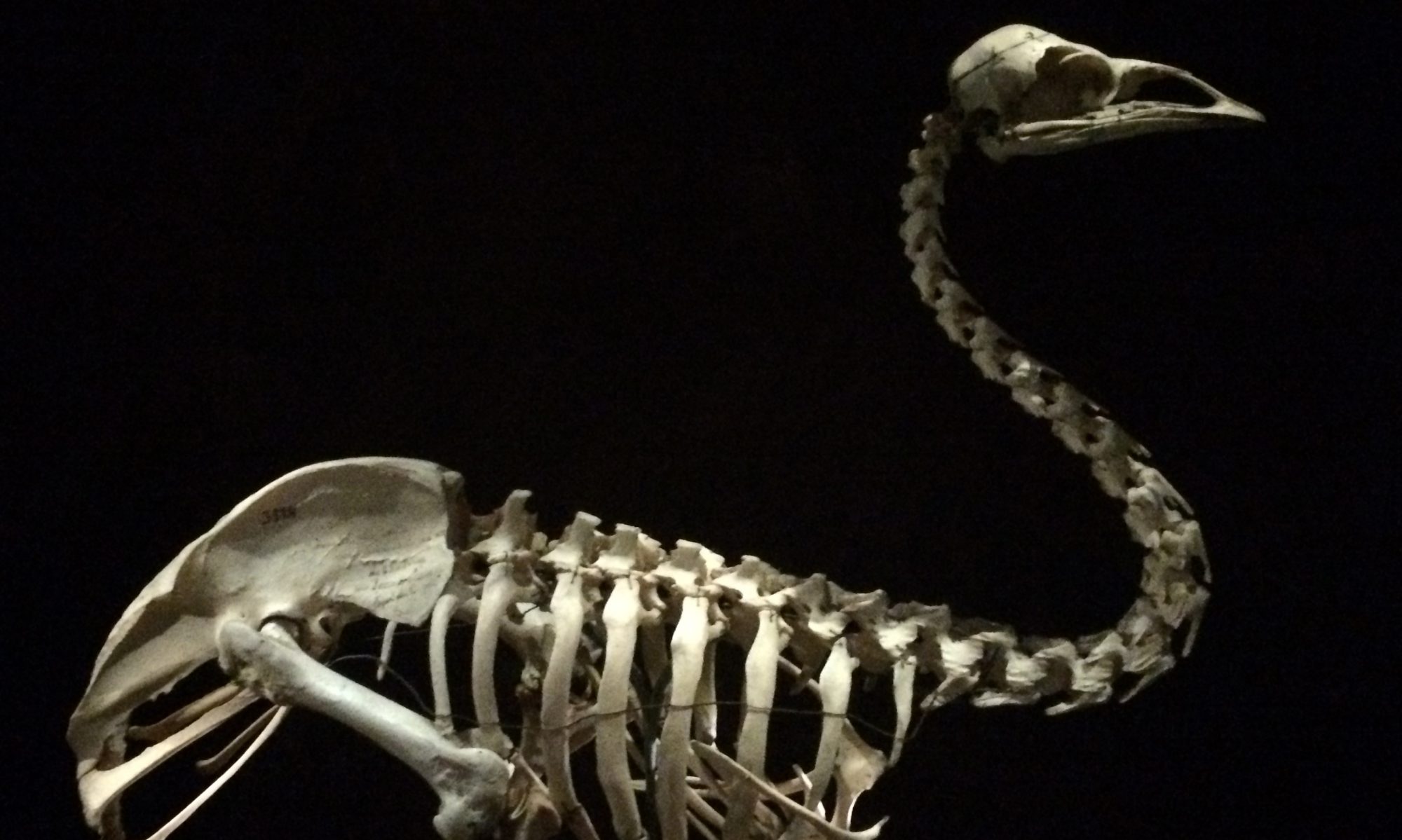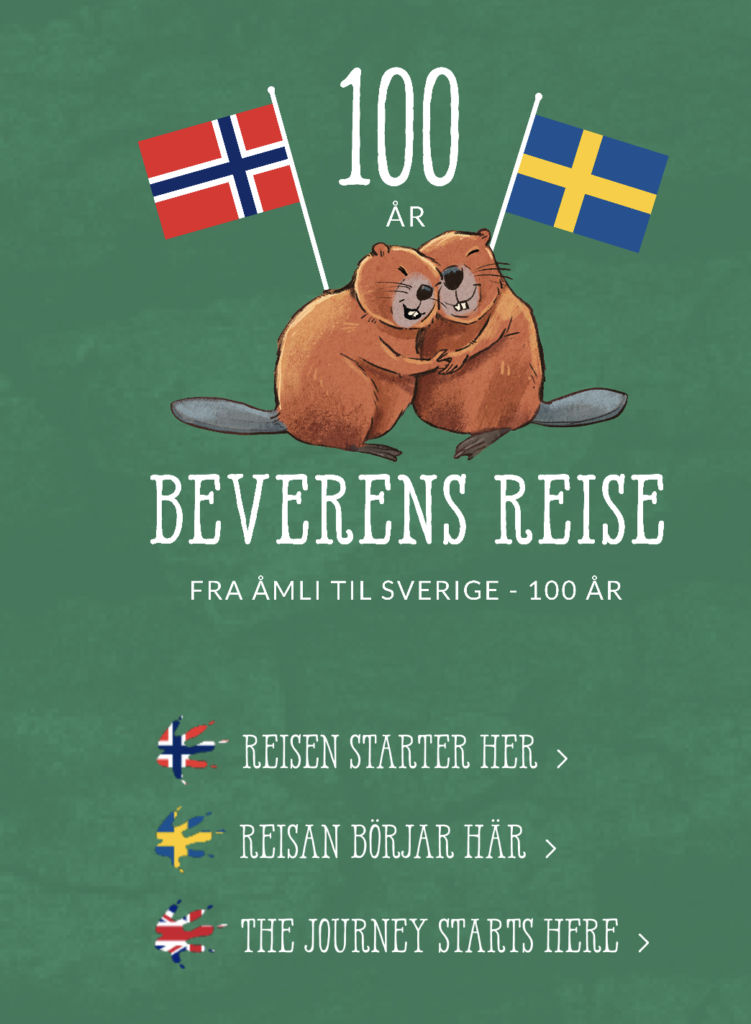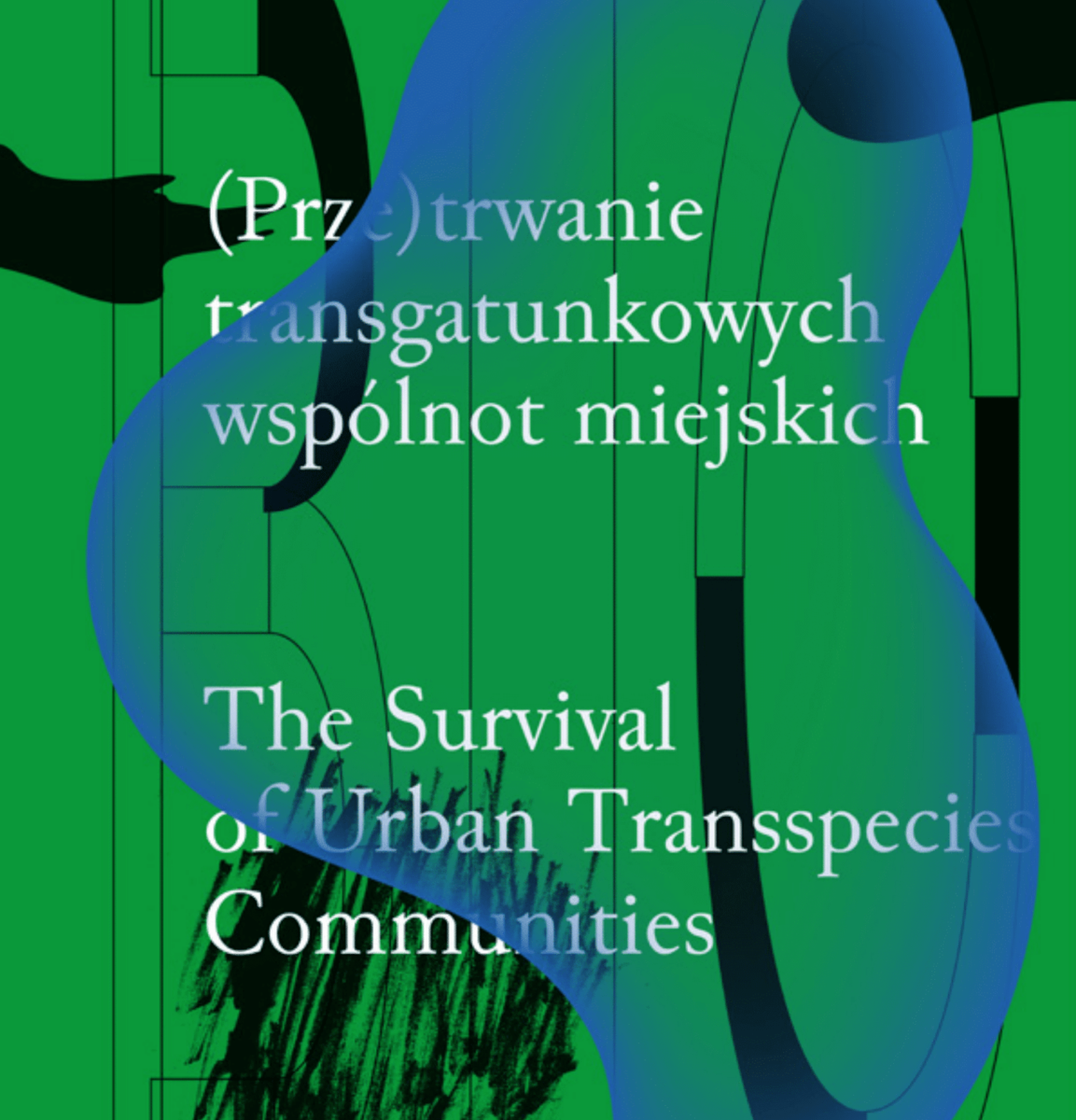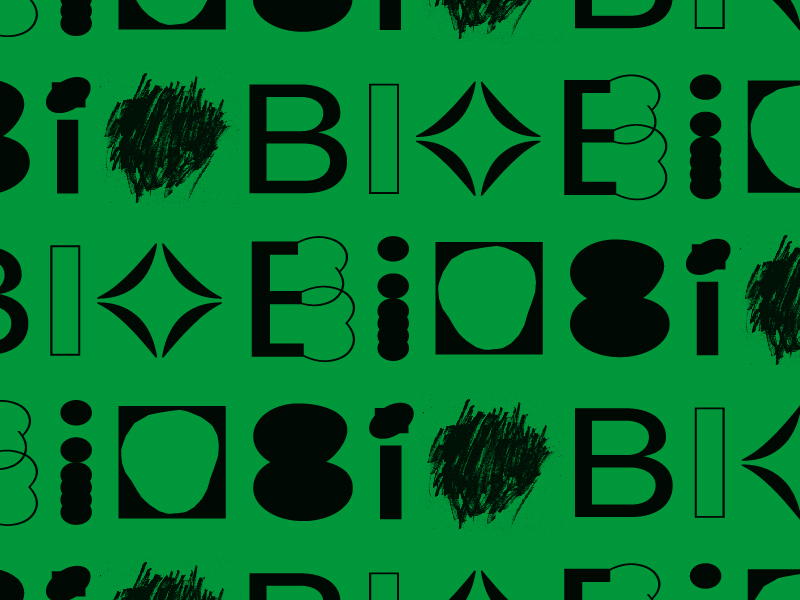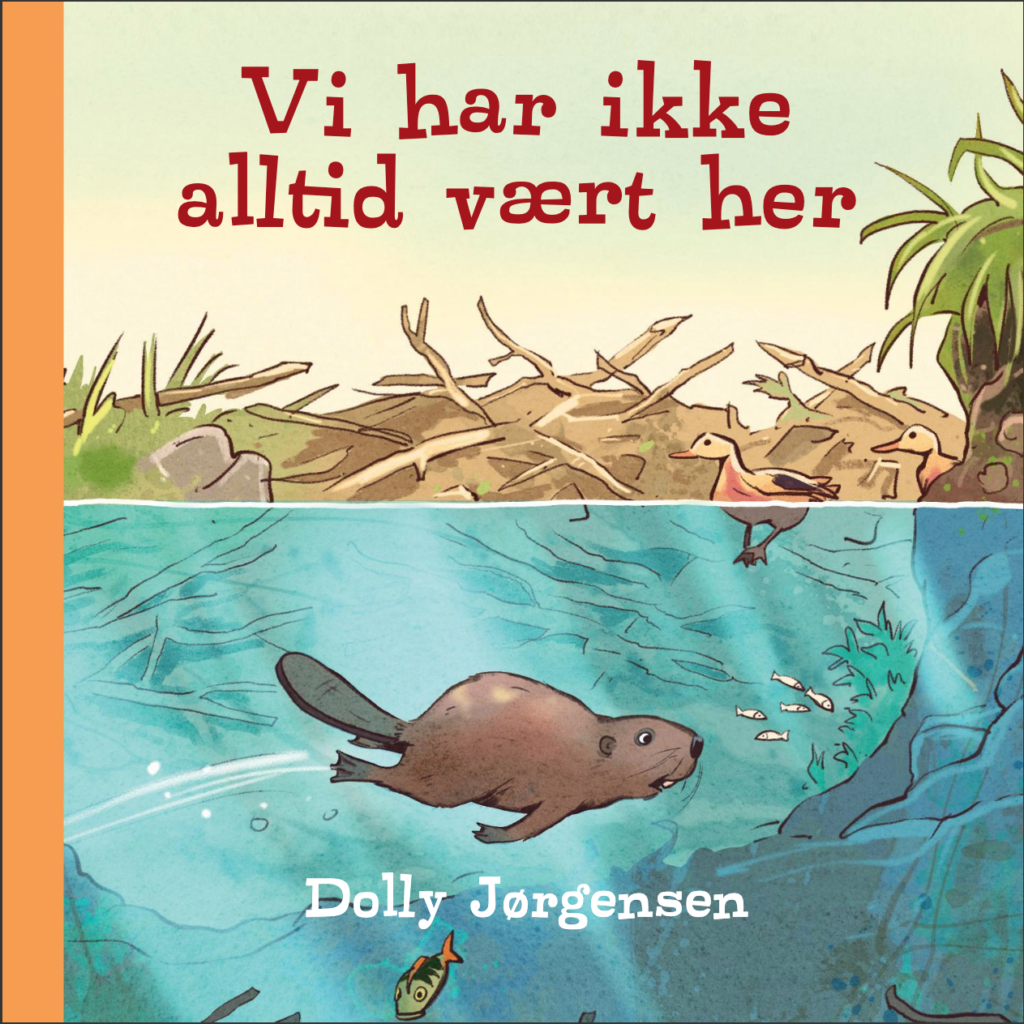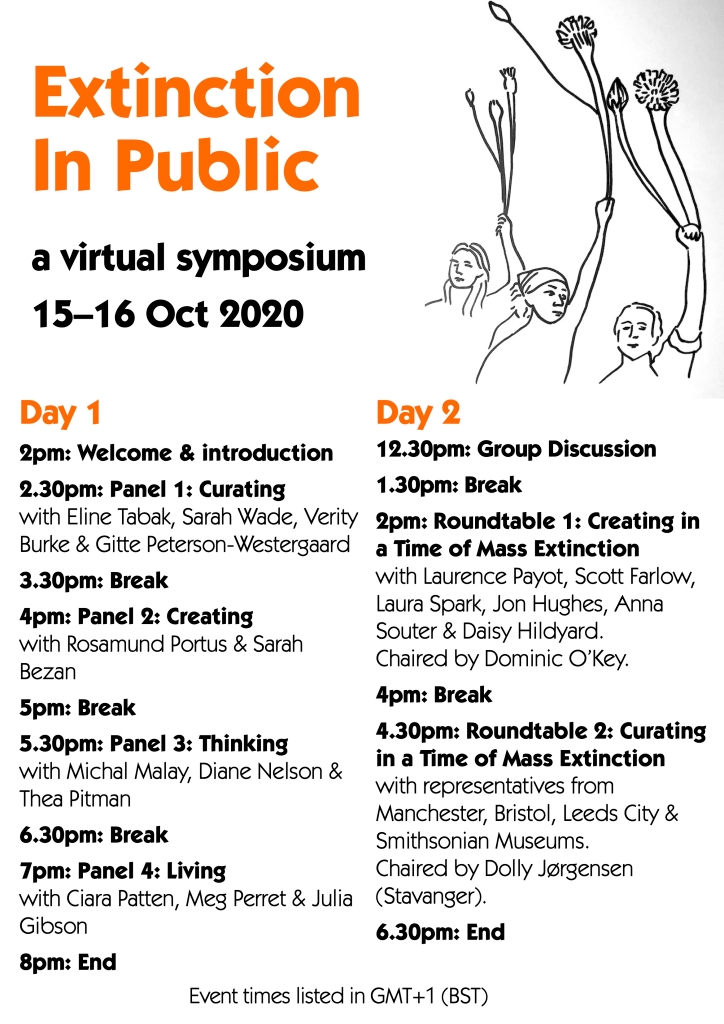13-14 September 2023
Stavanger Art Museum, Stavanger, Norway, and online
Times are in Central European summer time (CEST)
All talks will be available to watch live online. Speakers who are online indicated with *.
Wednesday, 13 September
10:00-10:15 Welcome by Beyond Dodos and Dinosaurs project leader, Dolly Jørgensen
10:15-11:00 Pair 1
Eleanor Schaumann, Let’s save this f*ing sheep: On Multispecies Relations and Extinction Narratives in the Namibian Karakul Industry
James Hatley, Buffalo Extirpation and Prairie Ecocide in the Presence of Nuclear Warheads: Liturgical Innovations
11:15-12:00 Pair 2
Gitte Westergaard, Extinct or Not? Museum Specimens Haunting their Environments
Verity Burke, Looking Endangerment in the Face: Non-Human Death Masks in Museum Narratives
12:00-13:00 Lunch provided for in-person attendees
13:00-13:45 Pair 3
Vincent Bruyere, What Does Endangerment Mean to Mother Goose?
Zarkamol Munisov, Soviet Environmental Storytelling about Extinction and Endangerment of Plant and Animal Species in Children’s Magazines
14:00-14:45 Pair 4
Jonathan Hay, Speculative Storytelling as a Mindfulness Tool for Climate Activism *
Adrienne van Eeden-Wharton, Render | Remnant: Waterlogged stories in the aftermath of African and Antarctic whaling
15:00-15:45 Roundtable discussion
Discussants: Libby Robin, Nancy Jacobs, Graham Huggan
Moderator: Dolly Jørgensen
Break – Dinner provided for in-person speakers
Online only evening
20:00-20:45 Pair 5
Risa Aria Schnebly, Reconstructing the Story of the Thylacine: Structure Diagrams as a Tool for Imagining New Narratives *
Lena Schlegel, Photography as an Art of Witnessing Amid the Australian Extinction Crisis *
21:00-21:45 Pair 6
Pamela Perrimon, The Social Stakes of Delisting the Ivory-billed Woodpecker *
Jennifer Schell, Ghost Nets and Cetacean Bodies: Tales of Spectral and Material Entanglement in the Necrocene *
Thursday, 14 September
12:00-13:00 Lunch provided for in-person attendees
13:00-13:45 Pair 7
L. Sasha Gora, Turtle Soup: The Ghost of Appetites Past
Dolly Jørgensen, Turtles All the Way Down: The Cultural Presence of the Extinct Hoàn Kiếm turtle
14:00- 14:45 Pair 8
Shira Shmuely and Tamar Novick, Orangutans in Ramat Gan: Being Endemic in a Time of Global Trade and Local Destruction *
Oli Moore, “What Story Are You Telling?” The Endangered Wild Narrative in Conflicting Practices of Feeding Zoo Animals
15:00-15:45 Pair 9
Ryan Darr, An Ethical Tension in Interspecies Empathy *
Olimpia Mailat Gurghian, Environmentalism in Science Fiction: Narratives of Extinction in Frank Herbert’s ‘Dune’ Franchise
15:45-16:00 Closing
Link for online participation: https://stavanger.zoom.us/j/64687174204?pwd=SVFRczZUZHQ2UGdMOGxHVnNrdzRoQT09

